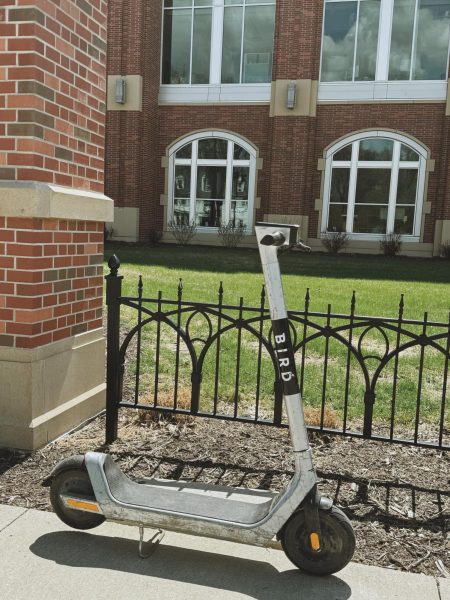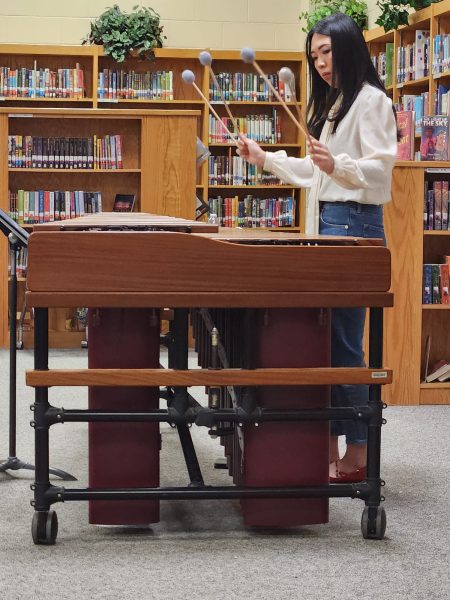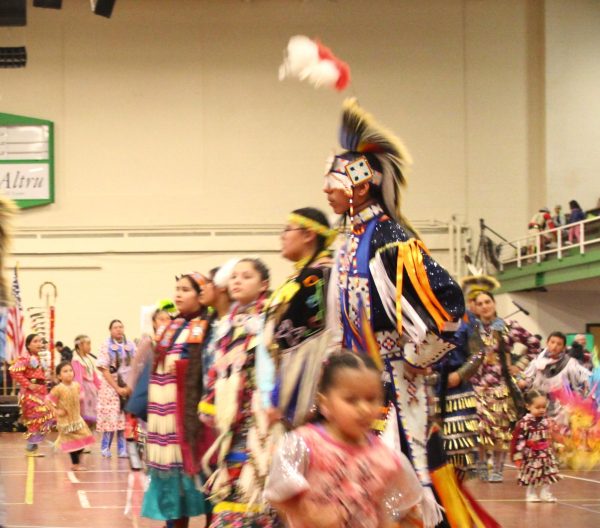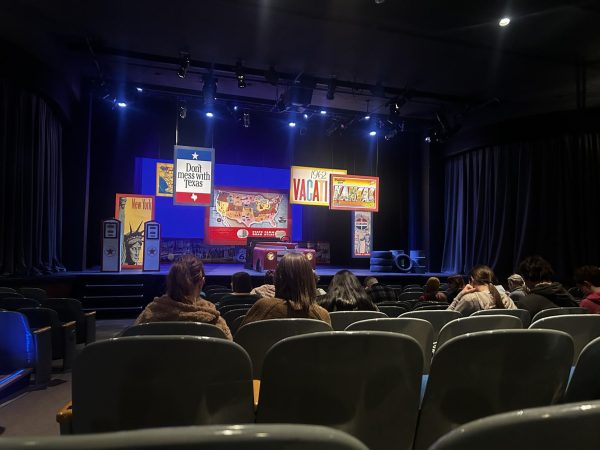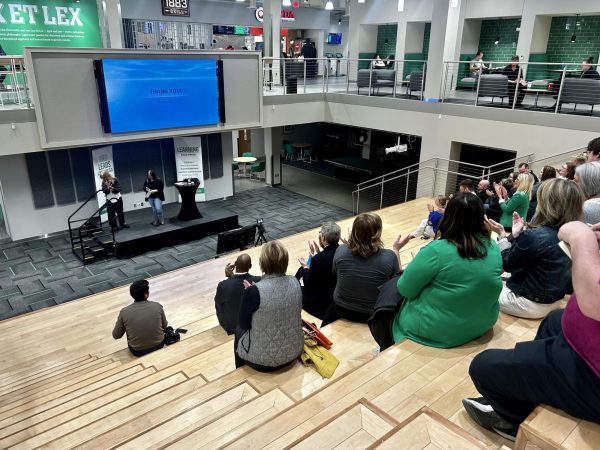Festival du Voyageur
Au revoir! After 10 vibrant days full of music, food, art and culture, a plethora of winter fun came to a close this weekend as Festival du Voyageur wrapped up its historic 47th year.
Held in Winnipeg, Manitoba, the festival is both a celebration and homage to Canada’s French heritage and historic fur trading past.
During this festival, Métis and First Nations histories are brought back to life, not only through the historical interpretation offered inside reconstructed Fort Gibraltar, but also through the many attractions inside Voyageur Park and at the festival’s various official sites.
“The festival helps people come together around the historical events of their region and it demonstrates how we are not only from this place, but shaped by it,” UND professor Virgil Benoit said.
Throughout the week, people from all across the globe came together to celebrate and experience the festival. While Festival du Voyageur lures many international visitors, it also attracts numerous international artists and snow sculptors to share their art and create sophisticated sculpture pieces in the snow.
This year, the festival hosted sculpture artists from Germany, Ecuador, USA, Netherlands, France and Canada.
Festival du Voyageur is not only world-famous for its mesmerizing snow sculptures, but also its musical acts, sweet treats like frozen maple taffy and specially crafted caribou wine served in an ice glass.
Junior Cameron Campbell visited the festival during its opening weekend and gained a firsthand perspective of the activities.
“I had never been to the festival before and thought it was an awesome experience,” Campbell said. “My favorite part was seeing the bear ice sculpture in front of the Fort and drinking out of an ice cup.”
Many other students have also taken the opportunity to visit Winnipeg to see the festival.
UND professors Timothy Pasch and Virgil Benoit facilitated a group of 32 students who were interested in attending the event and lead a group field trip to the festival this past weekend.
Pasch encourages students to experience international events such as this festival.
“There’s so much French culture in the region that people don’t necessarily know about,” Pasch said. “We are so close to the border but so few students actually experience the culture.”
On top of seeing the sights, there certainly was a lot to learn. Many native people who attend the festival strive to keep their heritage alive by wearing traditional French-Canadian clothing. The ceinture fleche, a brightly colored sash of the voyageur, is popular type of clothing many people can be seen wearing at the festival.
Pasch pays his own personal tribute to the traditional French costume worn at the festival by dressing in a full bison pelt coat specially made by Benoit. The coat is similar to the type of coat historically worn by the Royal Canadian Mounted Police.
“I’m really proud of that coat. Every time I go to the festival people just gravitate towards me,” Pasch said. “It certainly is a very valuable, museum-quality piece.”
Between the regenerated history and the entertainment, the festival certainly did a great job honoring Winnipeg’s past and honoring Canada’s future.
Surrounded by decorative costume, great music, amazing foods and wondrous sights, those who visited the festival had no choice but to re-embody the spirit of the voyageurs.
Amanda Hefner is a staff writer for the Dakota Student. She can be reached at [email protected]


